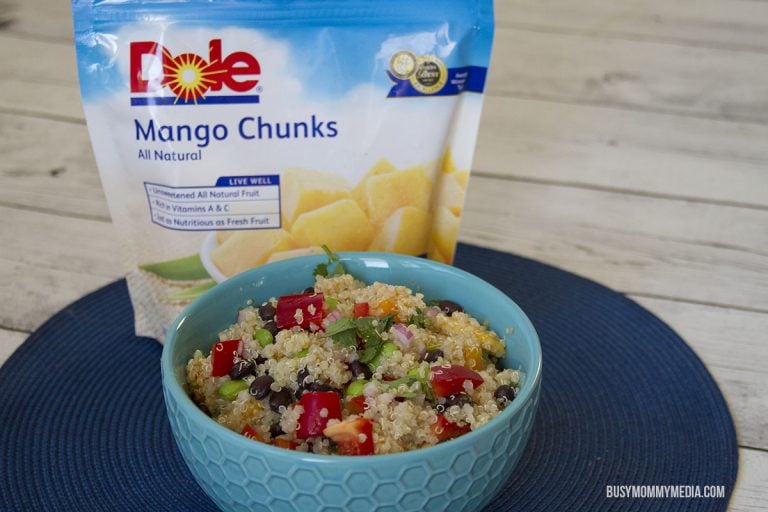Three Fitness Myths Debunked
 There are tons of things you might be told by “fitness professionals” about exercising that are just plain wrong. And, unfortunately, not every gym requires that their employees be licensed, certified or even have any sort of formal education. When you are first starting out on a new exercise regimen, you want to make sure that you are making smart and healthy choices. Here are a few common exercise myths, debunked.
There are tons of things you might be told by “fitness professionals” about exercising that are just plain wrong. And, unfortunately, not every gym requires that their employees be licensed, certified or even have any sort of formal education. When you are first starting out on a new exercise regimen, you want to make sure that you are making smart and healthy choices. Here are a few common exercise myths, debunked.
No Pain No Gain
This is only partly true. The real fact is that exercise should never inflict pain while you are doing it. Sometimes it is hard to differentiate between discomfort – maybe from stretching beyond your usual – and actual pain. The point is that exercise maybe difficult and uncomfortable, but if you are in real physical pain, you should stop. The partial truth comes from the fact that you are likely to experience some pain and soreness a day or two following exercise. This is a result of muscle use and a good sign of muscle growth. When you are exercising past your muscles lifting capacity you cause the fibers to stretch and sometimes tear – don’t worry this is a good thing. When a fiber tears (remember there are millions of fibers in each individual muscle so it is relatively insignificant and heals quickly) your body is programmed to replace it with more than one fiber strand – this is how your muscle grow. Unfortunately, this process can result in considerable soreness in the areas of use. This is why it is important to rotate the muscles groups you are working out – legs one day, arms the next, etc.
Low Impact =Low Intensity
The term “impact” when use to define an exercise is very literal, so it is not a reference to the intensity. Intensity is a separate defining terms that tell you how much energy you can expect to exert during the exercise session. When an exercise – or fitness class – is listed as being low impact, this means that the actions of performing the action will have a low level of impact on your body, literally, and specifically in reference to your joints. It is well known that inflicting lots of jarring and slamming motions on your knees and back will result in injury and can also accelerate the process of arthritis. One great example of the difference between low and high impact it’s to compare running on a treadmill and running on an elliptical machine. On a treadmill, you feet come into contact and leave the surface creating a jolting of energy towards your knees, hips and back. This is the anatomy of running as it is this impact that propels you forward and the harder you press against the ground the faster you go. Conversely, on an elliptical machine, you feet stay on the same surface that moves up and down in the motion of a normal running gait, you reduce the impact on your joint to almost nothing. This allows you to get the same muscle group exercises, without the impact on your joints. A common misconception is that when you are participating in a low impact exercise, you are not getting the same benefits, and it couldn’t be farther from the truth. You can exert just as much (sometimes more) energy, burning just as many calories and getting the same cardio benefits from doing a low or high impact exercise. So great low impact exercises are deep water aerobics (shallow water aerobics is considered medium impact as you still push off the pool surface), yoga, pilates, and weight stations. High impact exercises would be distant running, dance classes, and floor aerobics.
You Should Go All Out When First Starting
This is a huge no-no and for a few different reasons. When you are just starting a new program (maybe switching from one exercise to another or getting back into things) you should always take it easy. You want to give your body a chance to properly learn the motions of an activity, as this will help prevent injury in the future. You want to work at your own level of ability and not try to keep up with individuals that have been doing it for years. There are also some emotional implications. It is very easy to feel defeated and quit and exercise that has proven too difficult if you pushed yourself too hard too fast. And this is not how to make lasting changes to a healthier lifestyle. There are to two key ideas to keep in mind: 1. Weight lost gradually and in a healthy manner (through proper diet and exercise) is more likely to stay off and 2. You have to enjoy it (at least a little bit) to be successful. I am by no means telling you not to push yourself, I am simply reminding your that it needs to be a gradual push up the hill and not one grand shove!




Thanks for a great post!
I enjoy reading fitness articles & I agree 100%.
Merry Christmas!